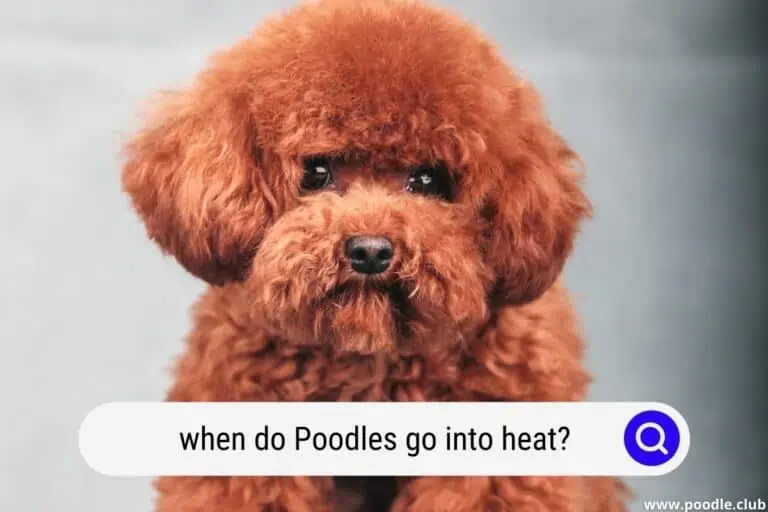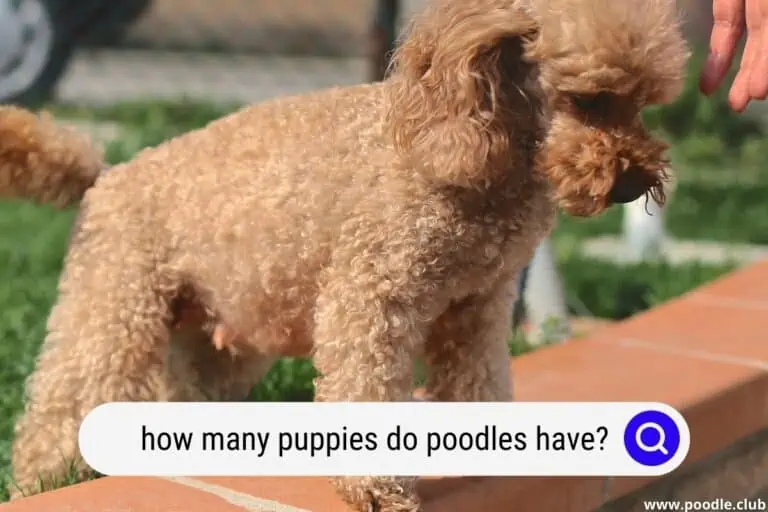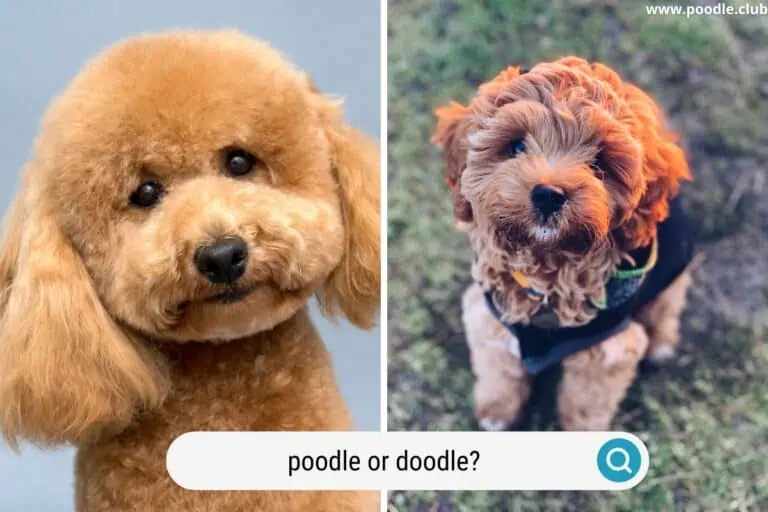Why Do Cavapoos Stink? – 5 Easy Fixes
Cavapoos are delightful, but they can stink. Luckily there are easy at home grooming options and techniques that can fix this.
A stinky coat can result from various factors, such as poor grooming habits, skin infections, or dietary issues. By identifying the source of your furry friend’s odor, you can effectively care for them and keep them smelling fresh.
Before you grab the doggy shampoo and give your Cavapoo an impromptu bath, it’s important to understand the underlying causes of their occasional odor.

In the next few paragraphs, we will delve into the common causes of odor among Cavapoos and share practical tips to help you manage the situation. By the end, you’ll have a better understanding of your Cavapoo’s hygiene needs and how to cultivate a happy, healthy, and fresh-smelling companion.
Potential Causes of Cavapoo Odor
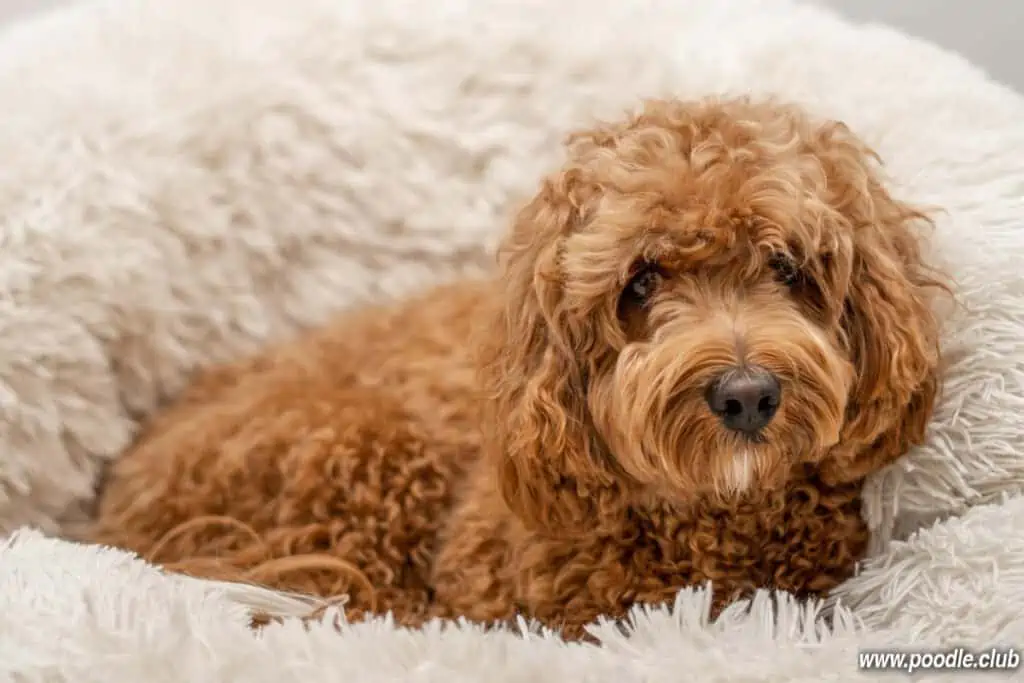
Health and Diet Related Stink Causes
Bad breath: Just like humans, Cavapoos can suffer from stinky breath. Halitosis in dogs can be a result of dental problems such as tartar build-up or poor general mouth hygiene. So, when your Cavapoo gives you a big sloppy kiss, that not-so-fresh scent might be a dental issue.
Flatulence and digestive issues: You’re not the only one who’s been blamed for that mysterious smell in the room. Cavapoo flatulence, often due to a poor diet, food allergies, or digestive issues, can be especially stinky. Feeding your furry friend a nutritious and well-balanced diet can help cut down on gaseous emissions.
Skin irritation and allergies: Your Cavapoo’s skin might be more sensitive than you think. Allergies, skin irritation, and bacterial or yeast infections can lead to a less-than-pleasant scent. Keep an eye out for excessive scratching, redness, or inflammation – these could be signs of an underlying issue.
PuppySpot is a reputable dog marketplace where you can browse and find compatible puppies right from the comfort of your home. They have placed over 200,000 puppies into homes in the US!
Hygiene and Grooming Related Stink Causes
Dirty coat and mats: Cavapoos love to roll in the grass – and occasionally something smelly. A dirty coat can harbor odor-causing bacteria and promote the development of mats, which can trap even more smells. Regular grooming and bathing help keep your Cavapoo’s coat and your nose happy.
Earwax and infections: Like most floppy-eared dogs, Cavapoos are prone to accumulating earwax and can develop ear infections. Mites, yeast, and bacteria love the warm, moist environment inside their ears, which can cause a foul odor. Keep your Cavapoo’s ears clean and part of your grooming routine.
Sebum and anal glands: Sebaceous glands in your dog’s skin create an oily substance called sebum which can contribute to a funky smell when not properly groomed. Your Cavapoo’s anal glands may occasionally release a strong odor, especially during bowel movements. A groomer can help express the anal glands and prevent any blockages.
Remember, keeping your Cavapoo clean and well-groomed, and maintaining a healthy diet, can prevent unwanted odors. Keep a close eye on your dog’s overall health, and consult a veterinarian or groomer when necessary.
Solutions to Managing Cavapoo Odor

Bathing and Cleaning Strategies
A clean Cavapoo is less likely to stink, so mastering your bathing and grooming game is essential. Start by washing your Cavapoo regularly, but not too often, as excessive bathing can lead to dry skin. Use a medicated shampoo to tackle potential issues like fungal infections—you’re already one step closer to a fresher-smelling pup.
Don’t forget about mouth hygiene! Brushing your Cavapoo’s teeth regularly is paramount in preventing odors caused by dental problems. Keep a toothbrush and pet-friendly toothpaste handy, or try using a touch of baking soda to help scrub away plaque.
Additionally, provide some chew toys to assist in keeping those chompers clean.
Is your Cavapoo’s coat looking like a tangled mess? Mats and a dirty coat can contribute to unpleasant smells. Combing and trimming their fur frequently will help keep their coat neat, reducing odor-trapping debris.
Lastly, consider integrating some natural remedies to improve your pup’s scent: apple cider vinegar and coconut oil can work wonders. A diluted apple cider vinegar rinse after a bath may leave your Cavapoo smelling fresh and clean, while coconut oil applied topically can keep their skin moist and odor-free.
Nutrition and Health Management
A balanced diet is crucial for maintaining your Cavapoo’s overall health and odor levels. Stick to nutritious options rich in vegetables, fruit, and meat, avoiding potential allergens like grains. Maintaining digestive health is key: a well-functioning organ system could prevent food from fermenting, hence avoiding foul odors.
Speaking of digestion, adding digestive supplements and enzymes into your Cavoodle’s diet can promote a healthy gut. This may lead to fewer stinky surprises on your walk.
Keep an eye out for food allergies and sensitivities, as they may contribute to bad odor. If your pooch is experiencing digestive issues or allergies, consult your veterinarian to create a customized nutrition plan that minimizes odor emanating from within.
All in all, to keep your popular Cavapoo smelling pleasant, invest time in training good hygiene practices and maintain a balanced, allergy-aware diet. Implementing these strategies will ensure a healthy, happy, and sweet-smelling Cavoodle in no time.
Overview of Cavapoo Traits and Temperament
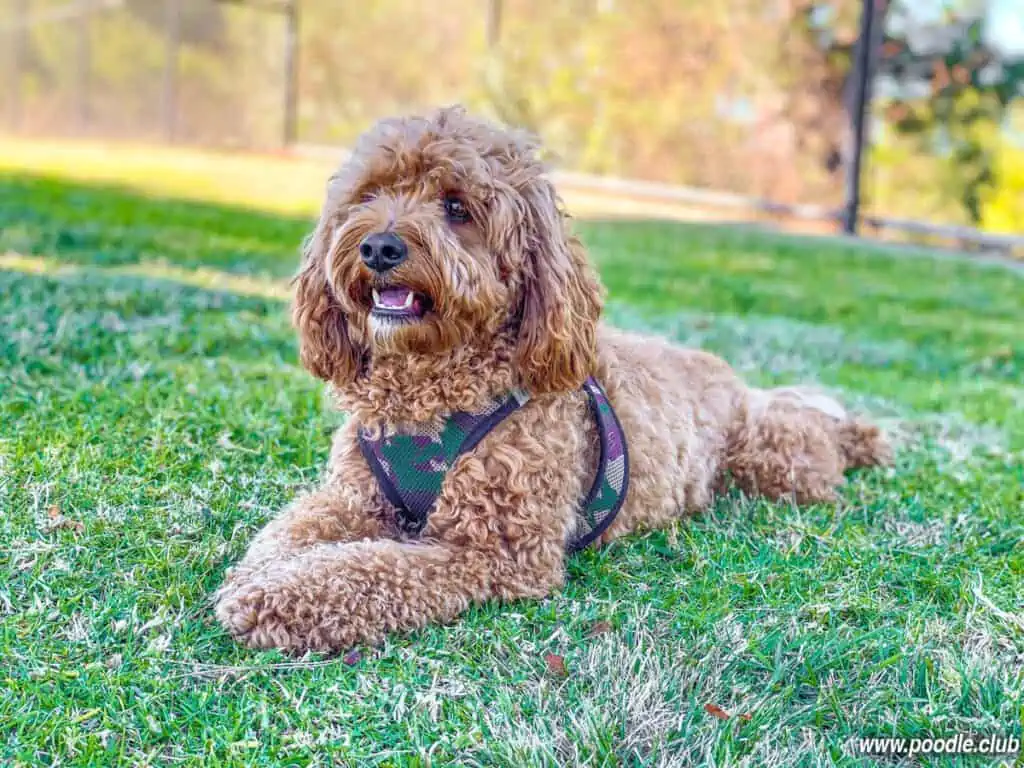
Cavapoos are a mixed breed created by crossing a Poodle and a Cavalier King Charles Spaniel. They’re known for their loving and outgoing temperament, making them excellent companion dogs. With their soft, curly coat and compact size, these little bundles of joy are sure to steal your heart.
Being hypoallergenic due to their Poodle heritage, Cavapoos are suitable for people with allergies. Poodles are known for their intelligence and curly coat, while Cavalier King Charles Spaniels are admired for their friendly nature, making Cavapoos a perfect combination of the two breeds.
Despite their adorable appearance and lovable nature, Cavapoos, like any other breed, may face specific health issues. Some may suffer from separation anxiety when left alone for extended periods. Early socialization and a consistent routine can help manage separation anxiety in your Cavapoo.
Cavapoos are at an increased risk of certain health concerns due to their mixed breed origins. PRA (Progressive Retinal Atrophy), a group of genetic eye disorders, is common in Poodle mixes like Cavapoos. Regular eye exams and a healthy diet can help minimize the risk of PRA.
Additionally, Cavalier King Charles Spaniels are prone to heart disease, and this risk can be passed down to their Cavapoo offspring. Keeping their weight in check and providing them with a proper diet and exercise can play a significant role in maintaining their heart health.
In a nutshell, Cavapoos are intelligent, loving, and outgoing companions. They can be considered hypoallergenic, which is great for allergy sufferers, and their small size makes them ideal for apartments and small living spaces. Be mindful of the potential health issues and ensure your Cavapoo has regular checkups, a balanced diet, and exercise to keep them at their best.
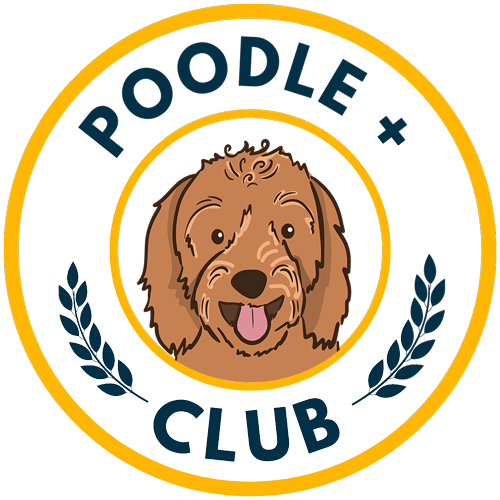

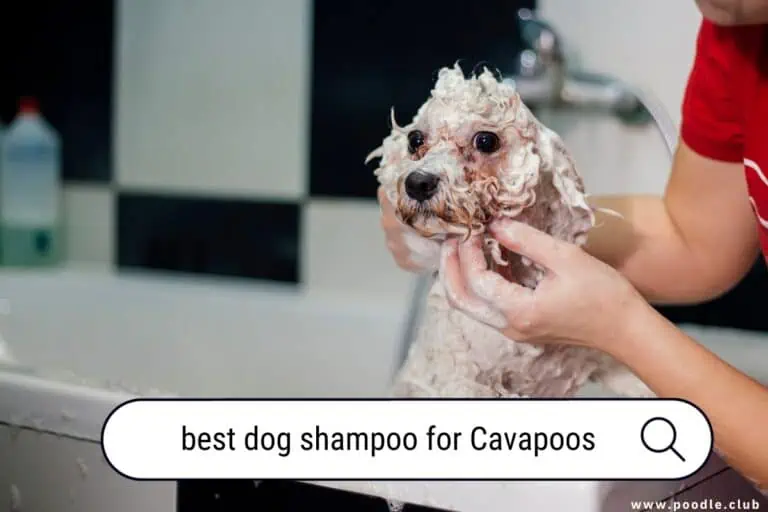

![Do Poodles Have Undercoats [Facts]](https://poodle.club/wp-content/uploads/2023/05/do-poodles-have-undercoats-768x512.webp)
